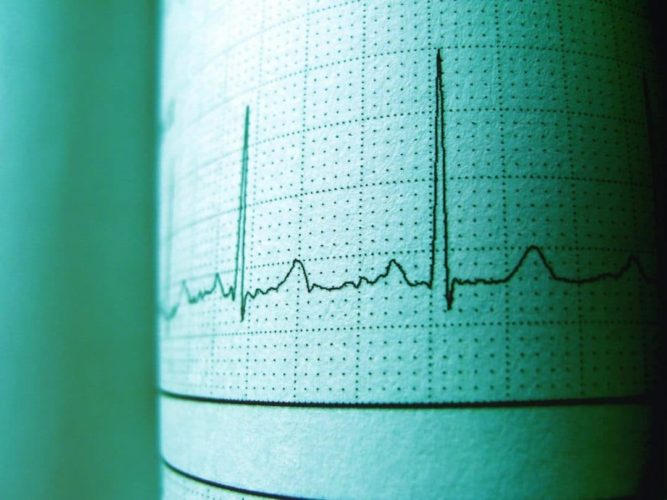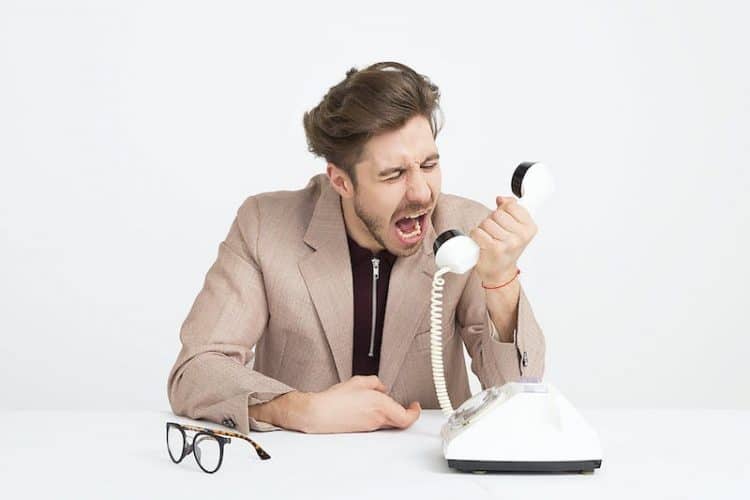If you want to communicate effectively on two-way radio systems, then you are going to need to have a rough idea about the various radio lingo. While most people are not going to have a problem if you do not use lingo yourself, you probably won’t have a clue about half of what is going on if you do not understand it. On this page, we want to introduce you to the absolute basics of radio lingo so you have a rough idea about how to communicate using this system.

Lingo Can Differ Between Countries
Before we dive into the various two-way radio communication language or codes, we do want to make it clear that we are (mostly) taking an American-centric view here. This is because where most of our readers come from. If you live outside the land of freedom, then there may be different lingo to learn. That being said, there will be some overlap between communication codes. If you are talking to people who regularly use their two-way radio, they will probably be able to tell what you are saying anyway. It is always worth listening in before you start talking. This will give you an idea as to the best way to communicate on that channel.
Why Do We Have Two-Way Radio Codes?
One thing you’ll learn from formal two-way radio communication training is that there are a few reasons why we use codes while chatting over the air. Perhaps the most important is the fact that it is just a whole lot quicker. When you are talking on the radio, nobody wants to hear you ramble for ages and ages. This isn’t your favorite late-night talk show. You need to shut up as quickly as you can. The more you are speaking, the less other people can speak. Remember; nobody will be able to talk on the radio when somebody else is speaking!
In addition to this, two-way radio codes have been designed so they are less likely to get lost in translation. For example; ‘no’ is a short word. It can be difficult to understand if there is a poor signal. On the other hand, saying ‘negative’ conveys the same meaning, and it is an unmistakable sound!
Introduction to Two Way Radio Communication Codes
We are not going to be able to cover every single radio code in this section. There are far too many of them. Some are hyper-localized and we probably wouldn’t have heard of all of them either. Using your two-way radio is very much going to be a learning process. If you do not know what somebody is saying, then do your research. It won’t be too long before you are ‘up to date’ with the best way to communicate with people in your local area!
The ‘Ten Codes’ and Other Communication Lingo
When we talk about the ‘ten codes’, we are talking about the numbers people say to indicate something. This will always start with a ten, followed by a second number which will dictate what the message is. We can actually convey quite a lot of information using these codes. There are about 70-80 different codes. We won’t go through all of them. Instead, we will talk about the ones you are most likely to use or hear in your day-to-day radio usage.
In this section, we are also going to look at other lingo used outside of ten codes. Ones that will probably be a bit more understandable for you.
Radio Check
We do not have a code for a radio check. What we do have, however, are various ten codes that people use when somebody has asked for a radio check:
- 10-1; the message can’t be heard or it is low signal quality
- 10-2; the signal can clearly be heard.
- 10-32; somebody is willing to give you a radio check. They are indicating that you should talk again.
Outside of this, “received you loud and clear” will be used. Obviously, this tells you that people will be hearing your signal. There is no specific lingo for when the message isn’t received well. They will probably just tell you.
Message Received or Not Heard
If your message has been received, people may say ‘roger that’, or simply ‘roger’. Alternatively, they will use one of these ten codes:
- 10-4; the same as ‘roger’ i.e. your message has been received.
- 10-9; repeat the message.
- 10-11; you have been talking too fast and your message is unable to be comprehended. Speak slower!
Positives and Negatives
You don’t really have any ten codes here. If you agree with something say ‘affirmative’. If you disagree then say ‘negative’.
Ending Communications
It is important that you always end communications in the right way. Two-way radio use guidelines are to be followed when communicating through your two-way radio. If you do not say ‘over’ at the end of a transmission, then people won’t know that it is their turn to talk. If you are leaving the channel, then round off by saying ‘out’. There are also a few ten codes you should know:
- 10-3; you need to cease transmitting on the channel. You may be using it incorrectly.
- 10-10; roughly the same as ‘over’, but it also means that you are expecting some sort of reply.
Emergency Communications
If you are in dire need of assistance, then say ’emergency, emergency’ down the radio. You can also use these 10 numbers for something a bit more specific:
- 10-33; emergency traffic in the area.
- 10-38; when an ambulance is needed.
- 10-42; indicates a traffic accident (not always an emergency, but used to communicate on the roads).
- 10-70; followed by ‘location’, indicates there is a fire
- 10-200; followed by ‘location’, means that you need police.

Location
Finally, if somebody asks ‘what’s your 20?’, then this means they are asking where you are located. You simply respond 10-20 (location). Obviously, make sure that they are speaking to you first. Nobody really cares where you are unless it is vital to radio communication (no offense!)



